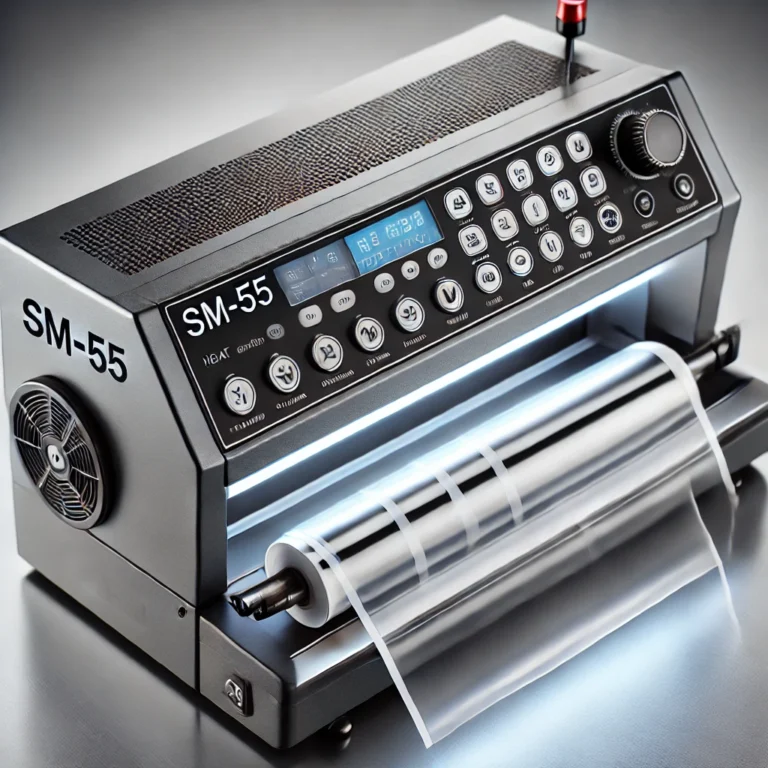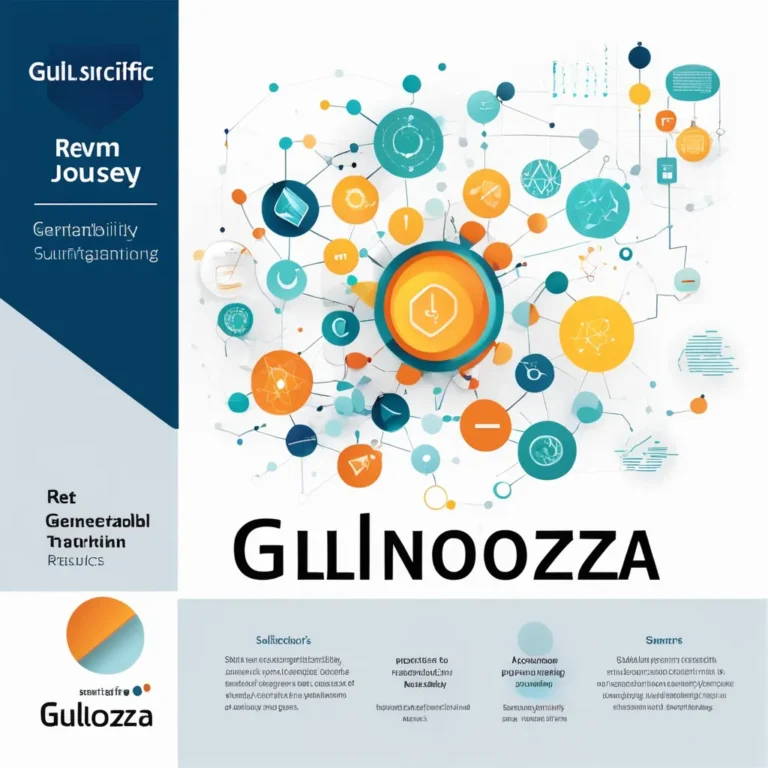Tony Skaria Snap: Revolutionizing Digital Photography
In photography, where trends shift with every new camera release, and technology evolves almost daily, a unique figure stands out — Tony Skaria. Known for his innovation and mastery in capturing moments, Tony Skaria has made a name for himself as one of the pioneers in the photography industry, particularly with his creation, the “Snap” series. Through his distinctive approach, Tony has reshaped how we view photography and digital image capture in the 21st century.
Let’s delve deep into the world of Tony Skaria, exploring his journey, his philosophy behind the Snap series, and how he continues to influence photography enthusiasts and professionals alike.
1. Who is Tony Skaria?
Before diving into his famous “Snap” series, it’s important to understand the man behind the innovation. Tony Skaria, a visionary photographer and entrepreneur, began his journey into the world of photography in the early 2000s. With a passion for blending art with technology, Tony quickly gained recognition for his fresh perspective on photography — one that focused not only on the technical aspects of taking a picture but also on the emotional and storytelling elements of photography.
Unlike many photographers of his time, Tony didn’t just aim to take aesthetically pleasing photos; he sought to revolutionize how people think about capturing memories. With an academic background in computer science and visual arts, he combined these fields to create a new approach to photography, one that integrates technological advancements with the timeless art of visual storytelling.
His early works, ranging from portraits to cityscapes, set him apart from his peers due to his innovative use of digital tools to enhance both the quality and the narrative power of his photographs. However, his true breakthrough came with the introduction of his “Snap” series, which combined cutting-edge technology with user-friendly tools, making professional-grade photography accessible to everyone.
2. Tony Skaria Snap: The Concept Behind “Snap”
The “Snap” series was born from Tony Skaria’s belief that photography should be more than just a technical skill — it should be a way to connect with and capture the world around us. He noticed a gap in the market: while there were high-end cameras for professionals and basic point-and-shoot devices for beginners, there wasn’t much available that catered to those in between. Tony saw an opportunity to create a solution that would make professional-level photography accessible to a wider audience without the complexity of traditional cameras.
The philosophy behind “Snap” was simple: make photography intuitive, fun, and engaging for all users, regardless of their technical expertise. The idea was to design a camera that would allow people to focus on capturing moments rather than fumbling with settings. The Snap series introduced a new era of user-friendly photography, integrating advanced technology into a compact, easy-to-use camera that anyone could pick up and use with confidence.
This concept revolutionized the way photography was approached by everyday users. People no longer needed to understand aperture settings, ISO, or shutter speed to take a great photo — the Snap camera did most of the heavy lifting. The focus shifted back to what mattered: capturing meaningful moments and stories.
3. Tony Skaria Snap: The Technology Behind the “Snap” Camera

At the core of Tony Skaria’s Snap series is groundbreaking technology. The cameras in the Snap series incorporate several cutting-edge features designed to enhance the user experience while delivering stunning results. Here’s a breakdown of some key technological innovations behind the Snap cameras:
a. AI-Powered Photography
One of the standout features of the Snap series is its integration of artificial intelligence (AI). With AI, the Snap camera can automatically recognize various scenes, subjects, and lighting conditions, adjusting settings in real-time to ensure optimal image quality. Whether you’re shooting a portrait, landscape, or action shot, the AI feature adapts to the environment, taking the guesswork out of photography.
AI also enhances image post-processing. Snap cameras apply intelligent algorithms to photos after they are taken, sharpening details, enhancing colors, and balancing light exposure. This results in high-quality, professionally processed images without requiring manual editing skills.
b. Simplified Controls with Advanced Capabilities
The beauty of the Snap series lies in its simplicity. While many modern cameras are cluttered with complex buttons, dials, and settings, the Snap camera maintains a sleek, minimalistic design. Users can control most functions with a few intuitive gestures or taps on the touchscreen interface.
Despite its simplicity, the Snap camera boasts a range of advanced features, including manual focus options, burst mode for action shots, and RAW image capture for more detailed post-production editing. This makes the Snap series suitable for both casual users and aspiring professionals.
c. Cloud Integration and Sharing
In today’s social media-driven world, the ability to quickly share photos is essential. Tony Skaria understood this, so he ensured that the Snap camera series included built-in Wi-Fi and cloud integration. Users can automatically upload their photos to the cloud, where they can be easily accessed, edited, and shared with friends and family, or across social media platforms.
The cloud storage feature also ensures that users never run out of space on their devices. As photos are stored in the cloud, users can keep capturing moments without worrying about memory limitations.
d. Built-in Editing Tools
In addition to cloud integration, the Snap series comes with a suite of built-in editing tools, making it possible to enhance and customize photos directly from the camera. Whether it’s adjusting the brightness, adding filters, or cropping the image, users can tweak their photos on the go without needing to transfer them to a computer for post-processing.
This emphasis on accessibility and convenience further demonstrates Tony Skaria’s commitment to making photography enjoyable and intuitive for users at all skill levels.
See also: Alveon Hosting Free: A Full Handbook
4. Tony Skaria Snap: Snap’s Impact on the Photography World
The introduction of the Snap series had a profound impact on the photography industry, blurring the lines between professional and amateur photography. Here’s how Tony Skaria’s innovation changed the landscape:
a. Democratization of Professional-Grade Photography
Before the Snap series, high-quality photography was largely reserved for those who could afford expensive equipment and had the time to master the technical aspects of using it. Tony Skaria changed this by designing a camera that brought professional-level capabilities to a wider audience. The Snap series empowered casual users to capture stunning images without needing years of experience or costly gear.
b. Emphasis on Storytelling
Skaria’s Snap cameras encouraged a shift away from focusing solely on technical precision, instead promoting the art of storytelling through photography. By simplifying the technical aspects, users could spend more time thinking about what they wanted to capture rather than how to capture it. This focus on the narrative behind each photograph resonated with both hobbyists and professionals.
c. Growth of Mobile and Compact Photography
Tony Skaria’s Snap series contributed to the growing popularity of compact, user-friendly cameras that offered the convenience of mobile photography with the power of traditional DSLRs. As smartphones began to dominate casual photography, Skaria responded by creating a camera that was portable and easy to use but with much greater versatility and image quality than mobile devices.
d. Influence on Social Media and Content Creation
With its seamless integration of cloud storage and social media sharing, the Snap series became a favorite among content creators and influencers. Its ease of use, combined with powerful image quality and built-in editing features, allowed social media users to create high-quality content on the fly. Tony Skaria’s vision for Snap aligned perfectly with the needs of the modern digital landscape, where visuals are key to engagement and storytelling.
5. The Broader Influence of Tony Skaria on Digital Photography
Beyond the creation of the Snap series, Tony Skaria’s broader influence on the world of digital photography is undeniable. His approach has encouraged the fusion of art and technology in ways that have changed the landscape of modern photography. By focusing on accessibility and ease of use, Skaria has allowed more people to engage with photography, leading to a creative boom in the industry.
His commitment to creating tools that simplify complex processes is a direct response to the digital age’s need for immediacy. We live in a world where people expect instant results — whether that’s sharing a photo on social media or sending it to a cloud-based storage platform. Tony understood this demand and made sure that the Snap series catered to these needs without sacrificing quality.
a. Tony Skaria Snap: Bridging the Gap Between Casual and Professional Photographers
One of the major impacts of Tony Skaria’s work is how it has blurred the line between casual and professional photography. In the past, professional photography was viewed as a skill reserved for those with expensive equipment and formal training. However, the Snap series, along with other digital innovations, has made it easier for casual photographers to create professional-grade images. By providing users with powerful yet simple tools, Skaria has empowered an entire generation of “every day” photographers, allowing them to express themselves visually in ways previously out of reach.
b. Redefining Photography for the Social Media Era
As social media platforms like Instagram, Pinterest, and TikTok have grown, the need for high-quality visual content has skyrocketed. Tony Skaria recognized this shift early on and designed the Snap series to cater to content creators who want to produce eye-catching, professional-looking photos and videos with minimal effort. By prioritizing ease of sharing and connectivity through cloud storage, the Snap cameras helped photographers and influencers quickly adapt to the evolving demands of social media.
Content creators could now take stunning photos, edit them directly within the camera, and share them seamlessly on their preferred platforms — all without needing to transfer files to a computer for post-processing. This level of efficiency has had a ripple effect, encouraging more individuals to pursue careers as influencers, digital marketers, and photographers.
c. Tony Skaria Snap: Educational Impact
Tony Skaria also had an unexpected impact on education in photography. Because the Snap cameras are so easy to use, they have been adopted by photography educators and students alike. Schools, colleges, and online learning platforms often use Snap cameras to teach the fundamentals of photography. Without overwhelming students with complex settings. The AI-powered features of the Snap series help beginners understand composition, lighting, and focus. Without getting bogged down by technical jargon.
In this sense, Tony Skaria has contributed not only to the tools of photography but also to photography education. By making photography more accessible to students and hobbyists. He has helped foster a new generation of creatives who are comfortable using technology to express their artistic visions.
6. Snap and the Future of Photography
Looking forward, it’s clear that Tony Skaria’s innovations will continue to shape the future of photography. As technology continues to evolve, the possibilities for photography are expanding at an unprecedented rate. Tony Skaria and his team are already exploring several avenues for further developing the Snap series and the photography industry at large.
a. Artificial Intelligence (AI) and Machine Learning Enhancements
While the current Snap cameras use AI to enhance images automatically, future iterations could take this even further. Machine learning could allow cameras to learn a user’s style preferences, adjusting images based on their unique aesthetic. For example, if a photographer consistently prefers darker, moodier shots, the camera could automatically adjust the settings. To match that style, effectively “learning” from the user’s habits.
Moreover, advancements in AI could allow Snap cameras to better recognize faces, objects, and environments. Further improving the precision of image capture. This could be a game-changer for event photography, where conditions are constantly changing, and photographers need to act quickly.
b. Tony Skaria Snap: Integration of Augmented Reality (AR)
Another exciting area of development for Tony Skaria and Snap is augmented reality (AR). With AR technology, photographers could potentially overlay virtual elements onto the real world as they capture images. This could open up new realms of creativity for photographers, enabling them to blend reality with imagination in real time. Imagine composing a landscape shot where you can place virtual clouds, trees, or even people into the scene as you frame your photo.
AR could also be used for real-time guidance. For example, the camera could project a visual grid or frame lines to help users compose their shots perfectly. Guiding their eyes toward better photo composition.
c. Immersive Photography with Virtual Reality (VR)
Virtual reality (VR) is another frontier that Tony Skaria is eager to explore. Imagine being able to step inside your photographs — to walk through a wedding scene or revisit a vacation landscape. In full 360-degree immersive detail. This is what VR photography could bring to the table. The Snap series is well-positioned to lead the charge in this emerging space.
VR would also open up new possibilities for how photographers interact with their work. Instead of viewing images on a flat screen, photographers and their audiences could engage with photos in a fully immersive way. Allowing them to experience moments as though they were there.
d. Sustainability in Photography
As environmental concerns become more pressing, Tony Skaria and Snap are looking into sustainable practices in photography. By reducing the need for multiple devices and offering cloud storage to minimize wasteful physical backups. Snap cameras already align with environmentally friendly principles. In the future, there could be even more focus on eco-friendly materials, and the reduction of e-waste in camera production.
8. Conclusion:
Tony Skaria has left an indelible mark on the photography world. Moreover, not just with his Snap series but with his entire approach to making technology accessible, enjoyable, and innovative. He has redefined photography for the digital generation. Democratizing the field and allowing both professionals and amateurs to create stunning visual stories.
Whether you’re an aspiring photographer, a seasoned professional, or someone who simply loves documenting life’s moments. Tony Skaria’s Snap series offers the perfect blend of technology and artistry. With his continued innovation, photography in the digital age is set to reach new heights. Bringing creativity to the fingertips of millions around the world.
FAQs:
What is Tony Skaria’s Snap series?
The Snap series is a line of user-friendly, AI-powered cameras designed by Tony Skaria. These cameras offer professional-grade photography capabilities in a simple, intuitive package, allowing users of all skill levels. To capture stunning images without needing advanced technical knowledge.
How does the Snap camera simplify photography for beginners?
The Snap camera uses AI to automatically adjust settings such as exposure, focus, and lighting. It recognizes scenes and subjects. Making it easy for beginners to take high-quality photos without having to learn complex camera functions.
What technology does the Snap series use to enhance photos?
Snap cameras incorporate AI-powered algorithms, automatic post-processing tools, built-in cloud integration, and real-time scene recognition. These technologies help improve photo quality, simplify the photography process, and enable seamless sharing across social media.
Can professional photographers use the Snap series for advanced photography?
Yes, despite its simplicity, the Snap series offers advanced features such as manual focus, RAW image capture, and burst mode. This makes it a versatile tool suitable for both casual users and professionals looking for high-quality, easy-to-use equipment.
How does Snap integrate with social media platforms?
Snap cameras come with built-in Wi-Fi and cloud integration. Allowing users to upload photos directly to the cloud for storage or editing. From there, images can be easily shared on social media platforms with minimal effort.
What makes Tony Skaria’s Snap series unique in the photography industry?
The Snap series stands out due to its focus on accessibility and user-friendliness while maintaining professional-grade image quality. Tony Skaria designed these cameras to bridge the gap between casual and professional photography. Enabling more people to capture high-quality photos effortlessly.






